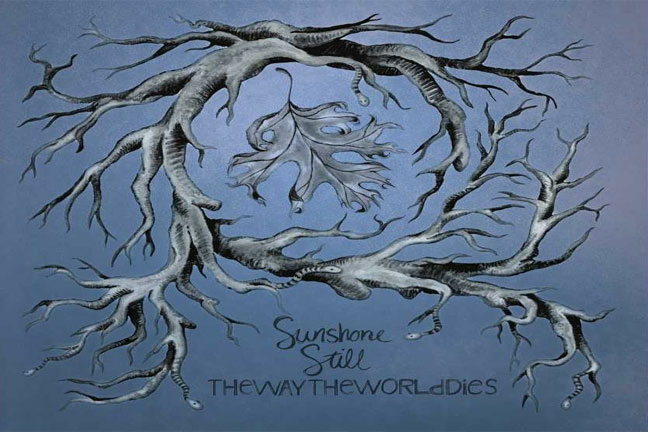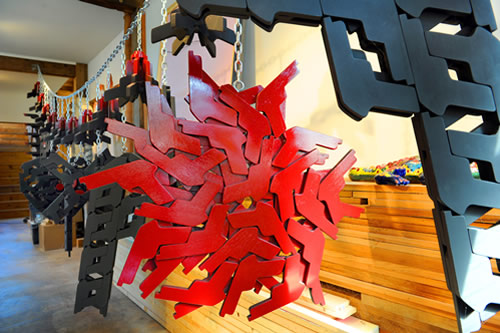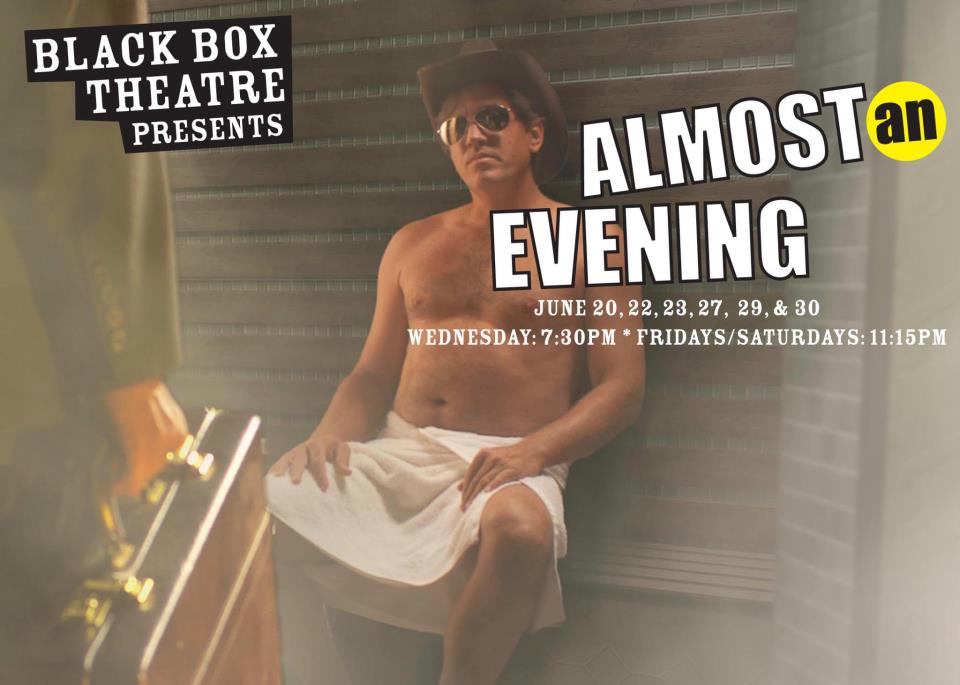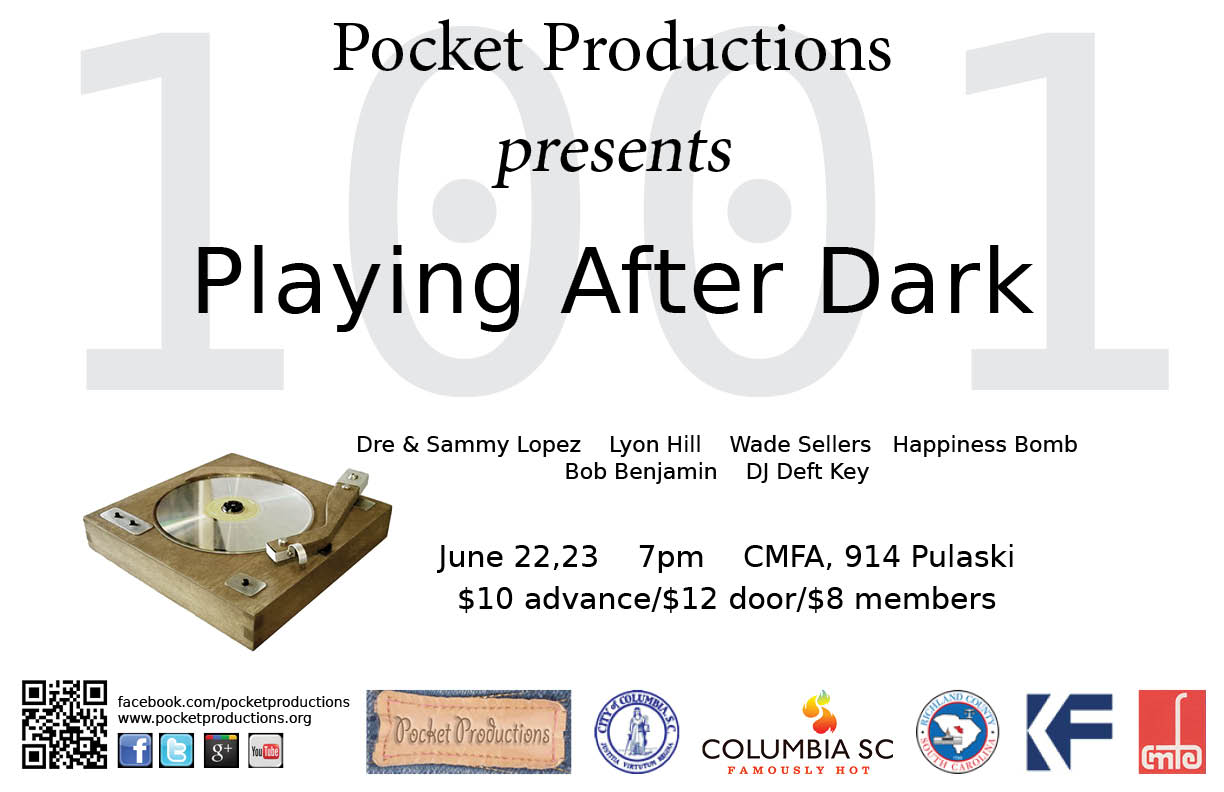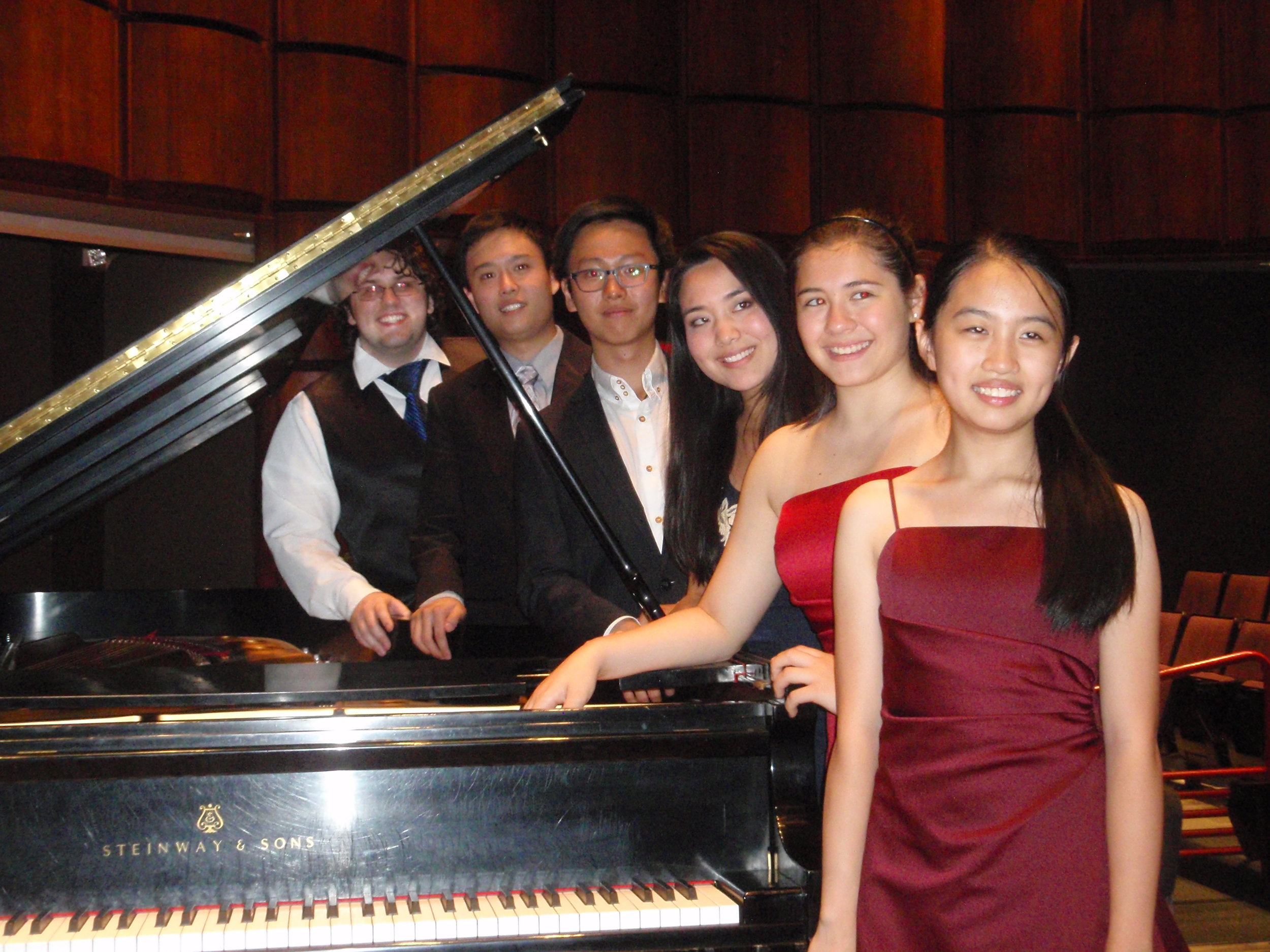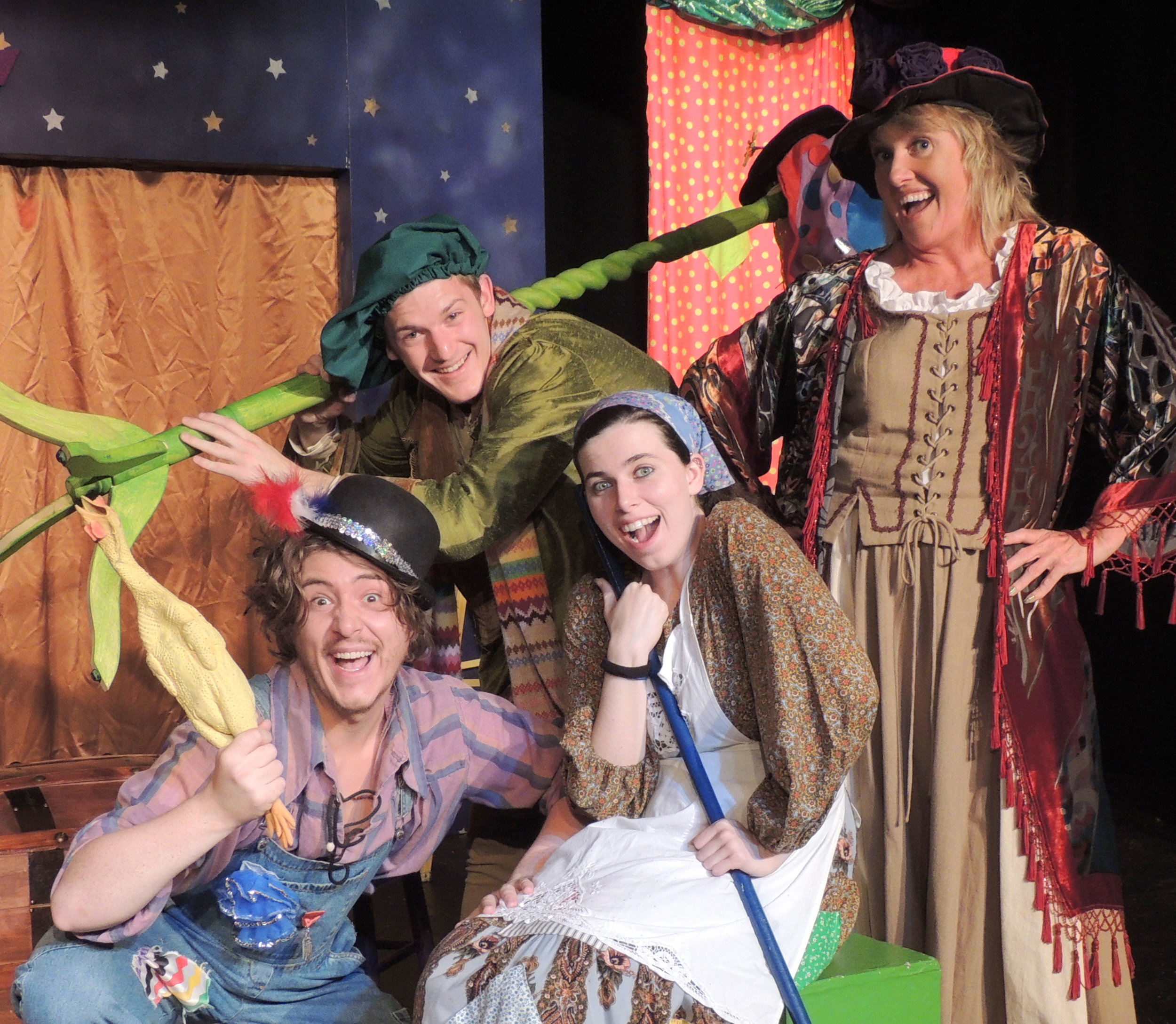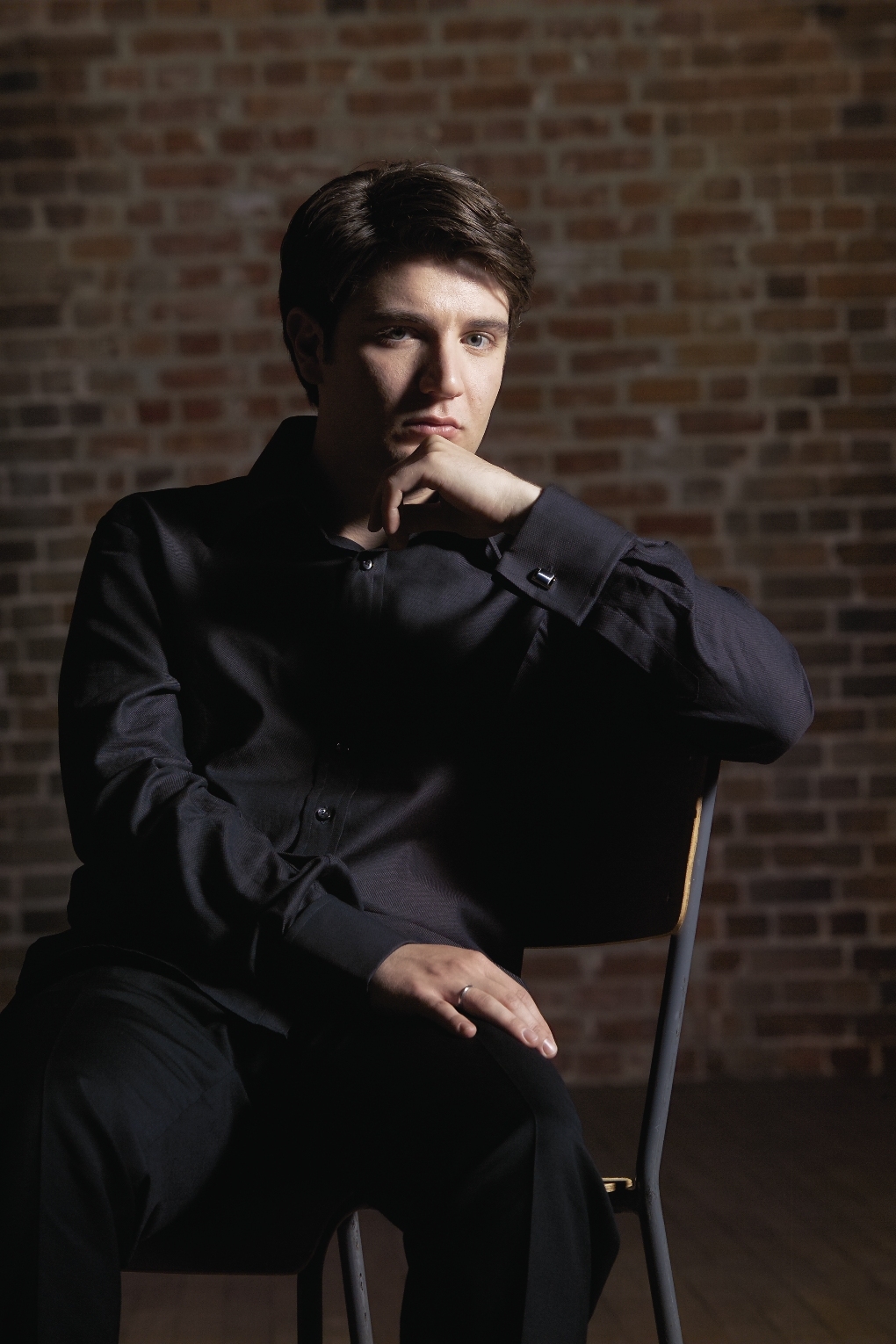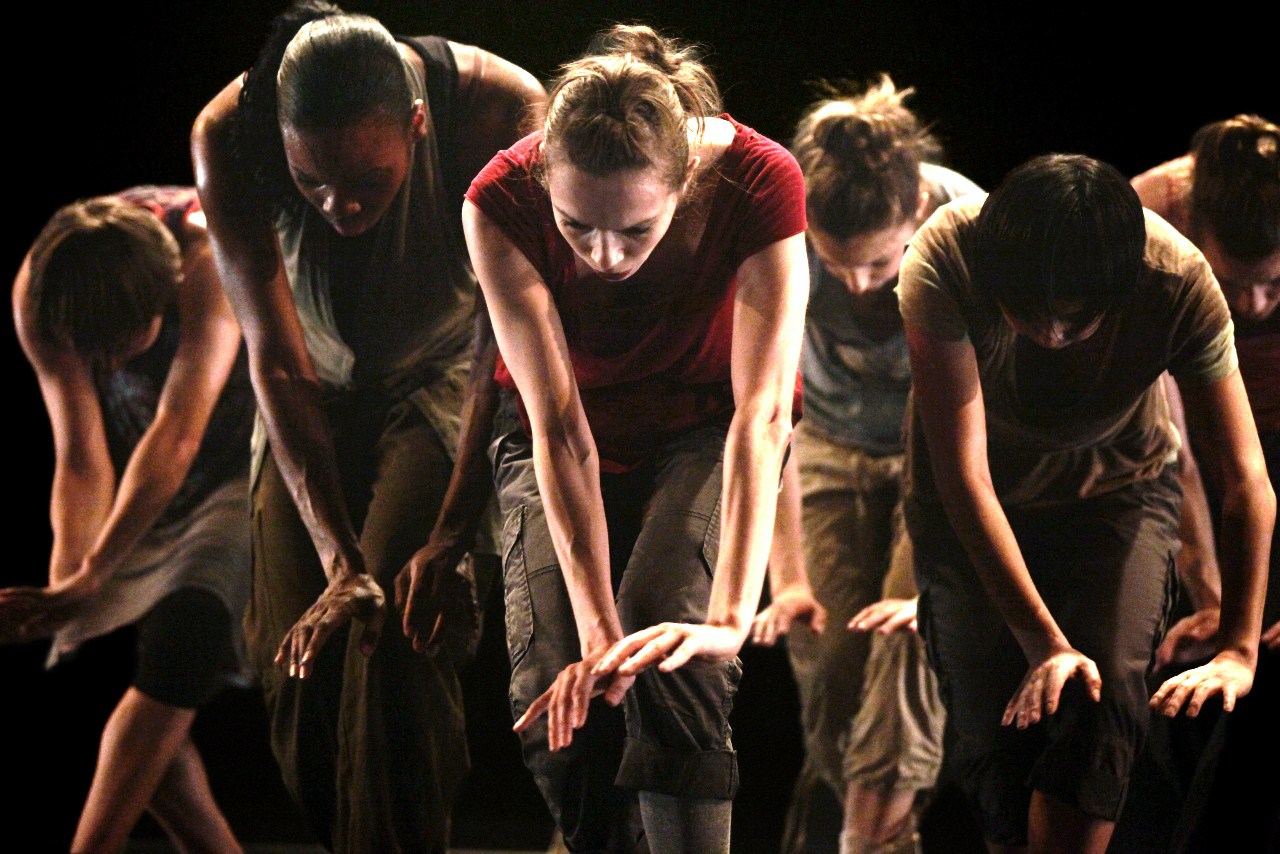 “Live magazine” sounds a bit oxymoronic. Whether proactively or reactively, magazines expose, summarize, analyze, and/or relate events; but rarely, if ever, are they events in and of themselves. Saturday at Conundrum, southeast-based art cooperative the Izms of Art will blend these two aspects of spectacle and journalism into “The Freshniz: Volume 2.”
“Live magazine” sounds a bit oxymoronic. Whether proactively or reactively, magazines expose, summarize, analyze, and/or relate events; but rarely, if ever, are they events in and of themselves. Saturday at Conundrum, southeast-based art cooperative the Izms of Art will blend these two aspects of spectacle and journalism into “The Freshniz: Volume 2.”
The Izms of Art, like many of the organizations Jasper features, “strive[s] to push the boundaries of expression.” In order to do so, members and affiliates fuse a variety of artistic media (including, among others, visual art, graphic design, tattooing, and music production) and instill in the public a more complex understanding of and appreciation for art.
Izm’s multifaceted approach to creative pursuit is a product of the multitalented individuals that comprise it; each member possesses an impressive resume indicative of trans-genre capability: certified audio engineer DJ B (aka B Sam) boasts an extensive knowledge of music, audio, and video production; Carl “Fahiym” Jones engages in various forms of creative writing, including fiction, poetry, and hip hop; Dalvin "Mustafa" Spann offers expertise in graphics, photography, videography, and web design; Tahirah Spann explores “the blurry line between an art form and a craft”; Uncle Vic contributes as a painter, illustrator, graphic designer, and MC; barber, tattoo artist, and founding member of hip hop group The Shaaw Brothers, Jarrett “Un” Jenkins also expresses himself on canvas, paper, and cardboard.
According to Izms painter, illustrator, and writer Cedric Umoja, Freshniz is an opportunity for the community to “come out and enjoy the arts on different levels.” He emphasizes that when we think of art, we often think of visual arts. We forget that acting is art, writing is art, cooking is art. The Freshniz allows for artists to expose the arts that are too infrequently identified as such.
Cedric admits that the concept of a live magazine did not originate at Izms. He notes that they’ve been “occurring here and there throughout the country,” popping up sporadically and providing speakers with around five minutes each. But Izms wants to bring consistency and depth to these intriguing events. Saturday’s event will feature four speakers from various fields of art. Speakers will be given twenty to twenty-five minutes to showcase themselves, their unique experiences, and their creative processes.
The Freshniz: Volume 2 will include presentations by: visual artist Infamous JeanClaude; producer, director, and videographer Betsy Newman; music producer Midi Marc; and producer Sufia Giza Amenwahsu of REEL Black Pix. Conundrum’s doors will open at 6 PM, and tickets will be sold for $5 on arrival.
For more information about the Izms of Art, its members, or its events, visit their website (http://izmsofart.wordpress.com) and Facebook page (http://www.facebook.com/Izms.ofArt). Izms plans to organize two more live magazines this year, so keep an eye out for volumes 3 and 4 of The Freshniz.
-- Austine Blaze, Jasper intern

